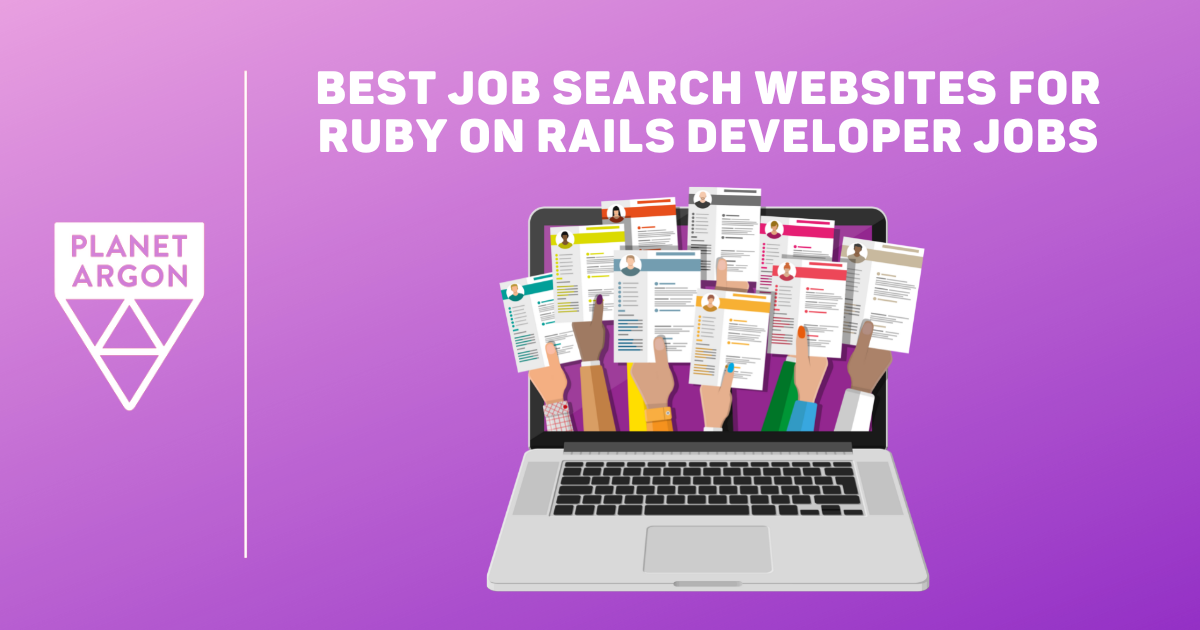
In this article, we’ll share some of our favorite places to post job listings, including a few Ruby/Rails community-focused sites.
7 Dec 2022
10 Nov 2022
8 Nov 2022
20 Oct 2022
5 Oct 2022
22 Sep 2022
7 Sep 2022
23 Aug 2022
17 Aug 2022
18 Jul 2022
Have a project that needs help?